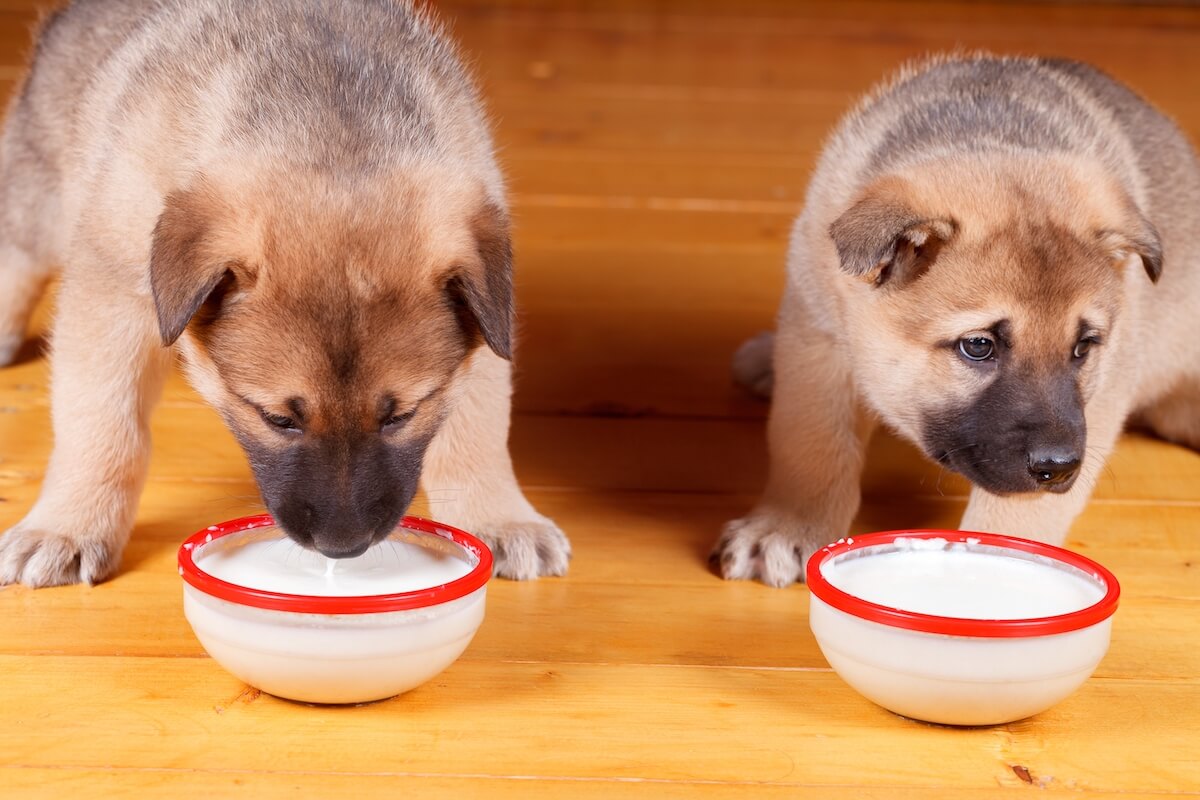Creating a healthy feeding schedule for your puppy can be an essential part of its overall health and wellbeing. It can also be a great way to bond with your new pup and help you both get off to the best possible start. But with so many things to consider, it can be difficult to know where to begin. That’s why we’ve created this step-by-step guide to help you create the perfect feeding schedule for your pup. From deciding how much and how often to feed, to choosing the right food, this guide will provide you with all the information you need to ensure your pup is getting the nutrition it needs. So let’s get started on creating a healthy feeding schedule for your puppy today!
Benefits of Having a Feeding Schedule for Your Puppy
When it comes to creating a feeding schedule for your puppy, there are a number of benefits you can reap from this. Firstly, it can help you to establish a routine with your dog. Throughout its lifetime, a pup will spend a lot of time in crates or exercises. This can make it difficult for the two of you to get into a regular routine. A feeding schedule can help you to maintain some kind of normality, even if it’s just for a short period of time. It can also help to organize food times, which can be helpful if your pup is anything like most. Being a curious and active breed, a feeding schedule will help your pup to know when it’s appropriate to be more active or when it’s time to rest. Lastly, it can also help to keep your dog more focused during meals. With a constant influx of different smells and sounds, your pup might easily become distracted if it’s not fed at certain times of the day. A feeding schedule can help to keep it more focused on its food so that it doesn’t become distracted by other things.
How Much to Feed Your Puppy
As well as providing your pup with the nutrients it needs to grow, grow strong and develop, feeding times will also need to fit into your schedule. You’ll need to feed your pup at times that won’t clash with your own meals or other commitments. So, how much should you feed your pup? This will depend on a number of different factors. But generally speaking, a 10-15kg (22-33lb) dog should be fed between 2 and 3 times per day. 10-15lb = 2-3 feedings per day 15-22lb = 3-4 feedings per day 22-33lb = 4-5 feedings per day
What Kind of Food to Feed Your Puppy
When it comes to feeding your pup, you’ll also need to consider the kind of food it should be eating. There are a number of different things to keep in mind when deciding what your pup’s food should be. First of all, you’ll want to make sure that whatever food you’re feeding your pup, it’s suitable for its age, size and condition. This will help to ensure that it gets the most out of the food, without any unnecessary additives. It might also be worth looking into some natural food options, as many pet foods these days contain a lot of unnecessary additives, which can have harmful effects on your pup’s health. When it comes to choosing what kind of food to feed your pup, there are a few things to keep in mind. Firstly, what is your pup’s current eating habits? If it is a food lover, then go for the more well-known brands. Its preference and diet can also help you choose a food. For example, if your dog has a sensitive stomach, then you can choose a food that has less in it.
Creating a Puppy Feeding Schedule
With everything you’ve learned about feeding your pup, it’s time to put it all together. Now that you know how much to feed and what kind of food to feed it, it’s time to put it all together into a feeding schedule. You’ll need to take into account the following factors when creating a feeding schedule for your pup: What is your pup’s current age? This will help you to determine the ideal weight for your pup. This will help you to determine the ideal weight for your pup. What is your pup’s current size? This will help you to decide how often to feed your pup and also the ideal food size. This will help you to decide how often to feed your pup and also the ideal food size. How active is your pup? This will help you to decide how much exercise your pup needs each day. This will help you to decide how much exercise your pup needs each day. How much time do you have? This will help you to determine the ideal pup feeding schedule.
Tips for Feeding Your Puppy
Here are some additional tips for creating a healthy feeding schedule for your pup: – Make food a pleasant experience for your pup. – Start off by gradually increasing the amount of food you feed your pup. – Always serve your pup from a separate bowl or dish. – Always wash your hands before and after serving your pup. – Make sure that each meal has a clear end point. – Make sure you allow your pup adequate time to digest its food. – Always feed your pup on a dry surface for the sake of hygiene. – Never feed your pup from a bowl that has held human food. – Always ensure that your pup is well hydrated before and during eating. – Always make sure to provide your pup with fresh water at all times. – Never leave your pup unattended while eating. – Never feed your pup human food. – Never feed your pup an unsuitable diet. – Never leave open bowls of food out for your pup. – Never make your pup wait for food. – Make sure that your pup gets a good nights sleep before eating. – Always clean up any mess your pup makes while eating. – Always make sure that you don’t overfeed your pup. – Always make sure that your pup is exercised to the recommended extent before eating.
Conclusion
Creating a feeding schedule for your pup can help to organize its meals, keep it more focused during meals, and keep it more focused during meals. It can also help to keep your pup more focused during exercising, as it will need to be more active during these times. Now that you know how to create a feeding schedule for your pup, you can enjoy a more relaxed and focused lifestyle, even if you have to feed your pup at unusual hours!



